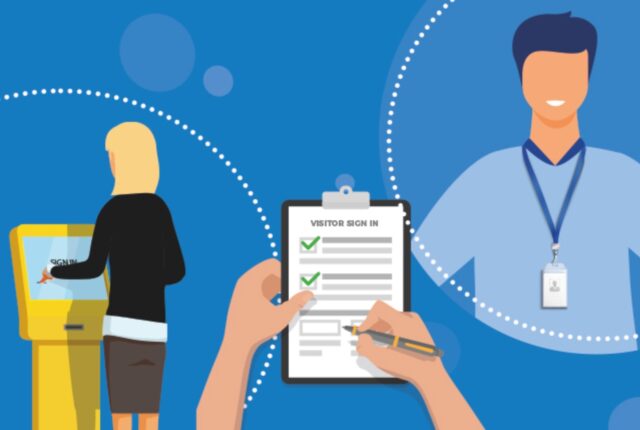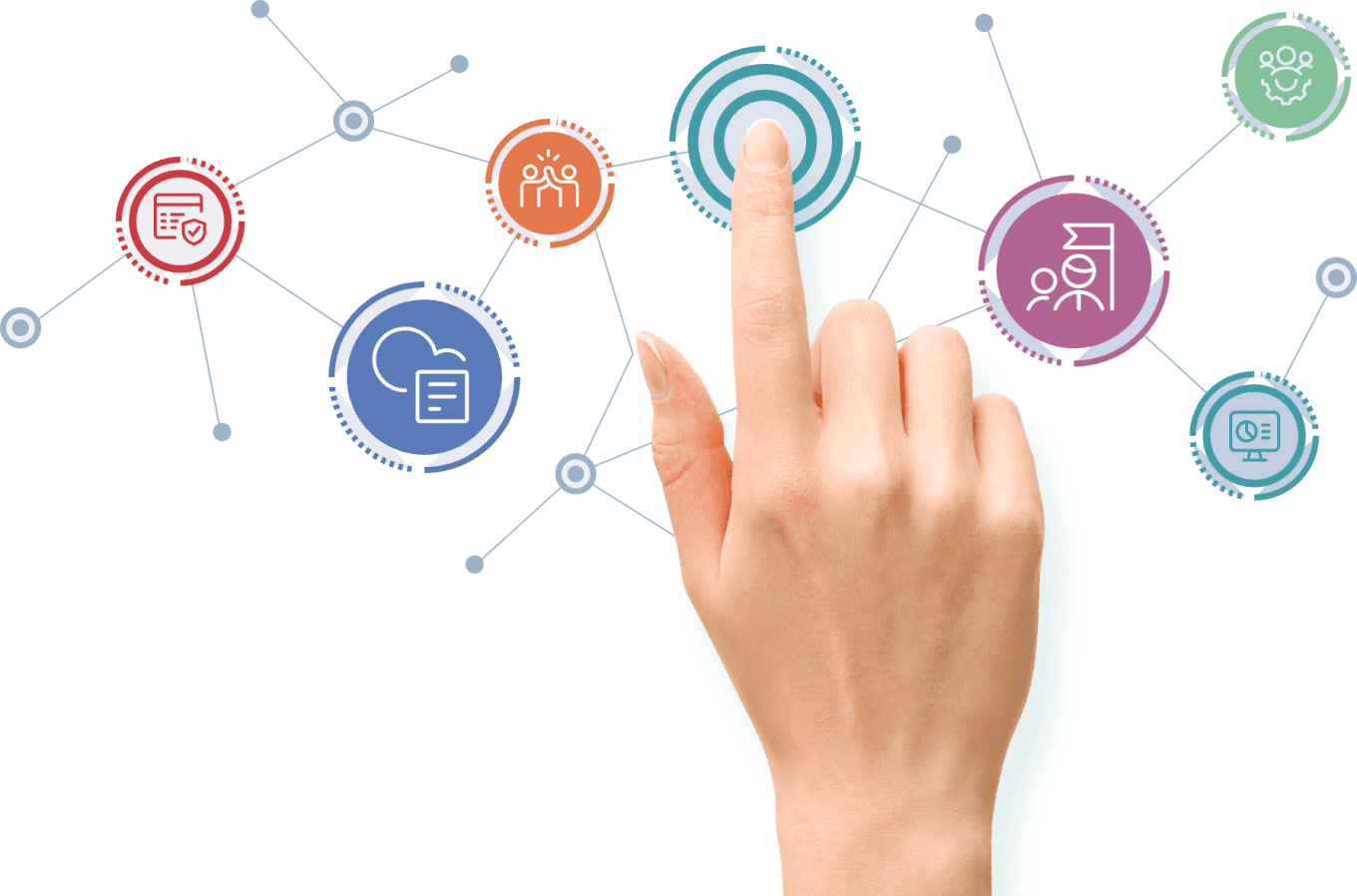
Over the years, the operational landscape of federal agencies has changed. These enterprises are continuously influenced by evolving technology and looming regulations that lead to organizational challenges. Unfortunately, without proper tools as a guide, they cannot navigate through the complex demands and risks.
According to the Federal Register, there are 436 operational government agencies in America. Each of these organizations should adopt technical tools to evaluate and mitigate risks. The main types include visitor management systems, digital transformation tools, and cybersecurity software.
In this blog, we will discuss these types of technologies and why they’re necessary for government agencies.
#1. Visitor Management Tools

According to Greetly, a government agency’s mission is to serve constituents while having open offices for the public. Hence, fulfilling goals and maintaining the safety of data property and their staff should be the top priorities. This way, these enterprises can perform efficient operations and offer smooth experiences.
For that, a government agency should look into a visitor management system if they want optimal operations. This comprehensive solution ensures a brilliant visitor experience based on business policies and facilities. Usually, these tools come with a customizable and user-friendly interface, ensuring the software’s ease of access.
It effectively regulates data security and complies with the internal maintenance regulations of a government agency. Therefore, they will benefit from features like visitor activity tracking, keycard generation, legal documentation, and more. Some industry-leading tools also offer visitor check-in kiosks. These can streamline ID scanning, queue management, and capture electronic signatures.
Federal enterprises believe speed, privacy, and accuracy are crucial when dealing with classified and confidential data. Hence, a cloud-based visitor management tool can help run the enterprise with security and efficiency. In turn, this strengthens the constituent perceptions of officials.
This software will also allow the government agency to create a good first impression on employees, auditors, vendors, and the public. For example, once visitors check into the building, the appropriate department will be notified about their name and photo. The tool will then verify visitor clearance through the database to give the staff an idea about their visit, ensuring positive and quick communication.
#2. Cybersecurity Tools

Many government agencies are vulnerable to cyber security threats that happen in server rooms and data centers. In 2022, there were thirty thousand cyberattacks against federal agencies in America. Thankfully, that year also witnessed a 5% drop in cybersecurity breaches compared to 2021.
Even with this decrease, a federal enterprise shouldn’t compromise on high-end cybersecurity protection. That’s because these agencies store confidential data and important user reports. If leaked, it can threaten national security.
Cybersecurity tools shouldn’t be used as an afterthought for a cyberattack. Instead, it should become the foundational component of a government organization’s information technology (IT) strategy.
These tools will help maintain a federal agency’s online security and privacy. With this software, agencies can continuously monitor computer networks and warn about potential risks. Technically, they are the only line of defense against data breaches and hacks. This software can also defend the government’s networks, passwords, and intellectual property.
A state-of-the-art cybersecurity tool comes with features like network security monitoring, vulnerability scanning, security compliance, and network defense. Moreover, government agencies will benefit from the robust firewalls, antivirus, and encryption provided by this tool.
#3. Digital Transformation Tools

Government employees and citizens require something that can redefine manual work without hampering efficiency. That’s why these enterprises should invest in digital transformation tools to streamline operations. Examples include self-service e-portals, emergency response alerts, electronic document management, predictive analytics, etc.
These tools can replace the old applications and manual processes adopted by federal enterprises. They can also assist with every operational aspect to improve public services and create better experiences. The goal is to make the organization efficient, responsive, and transparent while evolving with the citizens’ needs.
Digital transformation tools can change how government offices function and operate. For instance, they can help deal with and address challenges like national security risks, insufficient resources, digital skill gaps, etc.
Furthermore, the automation features can improve data management and bureaucratic systems while reducing operational costs. Overall, such innovative software can enhance employee morale, ensure better productivity, and automate manual tasks.
What to Look For in a Software Company? An Evaluation Checklist for Government Agencies

Based on recent statistics, America has approximately 17,000 software-as-a-service (SaaS) companies, making it hard to choose one. But as a new government agency, it’s crucial to find a brand that’ll help modernize operations and evolve with citizens’ expectations.
That’s why, agency leaders should evaluate these basic criteria before choosing a software company:
- The company’s documented reliability and scalability.
- Performance data to understand what to expect from their services.
- Compliance with regulations, high-level privacy, and robust cloud security.
- Access to 24/7 support for your agency employees.
- Ability to prevent vendor lock-in to maintain data independence.
- Easy integration with various government tools for a smooth operation.
- The company must provide clear financial roadmaps and success reports.
These will help any government enterprise overcome various challenges like issues with the workforce, the need for optimal operational speed, etc.
Therefore, agency leaders should select visitor management, digital transformation, and cybersecurity tools based on these evaluation parameters. This way, they can leverage the power of SaaS and overcome significant challenges.
For instance, these tools will help agencies hire and retain talent. It can also refresh cycles and reduce capital expenses. Moreover, the government agency’s operations will become smooth, secure, and fast.
With the right tools, any agency can develop a robust standard for data protection and privacy that’s necessary in this modern world.
In conclusion, federal agencies require high-end technical tools to safeguard data and ensure seamless operations. Government services are evolving as more agencies employ cutting-edge technology to make their operations less disjointed and tedious. Therefore, the administration has allotted USD 74 billion towards building a robust IT infrastructure at federal agencies in 2024.
It proves how useful visitor management, digital transformation, and cybersecurity tools really are. These data-driven tools put the agency and the citizen’s needs at the forefront. They are truly future-ready technologies that can bring bureaucrats and citizens together.









